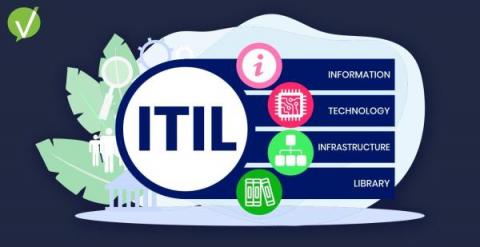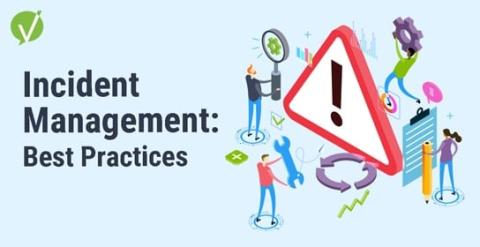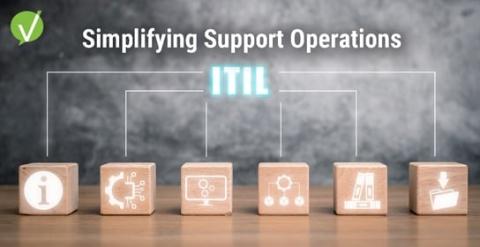Realizing the Vision: Inspiring Change and Driving Adoption in B2B Customer Service
This is it! The tenth and final post of our ten-part series covering The Complete Guide to Customer Service Transformation, where we summarize and help illuminate a path to inspiring change and fostering widespread adoption of your vision for B2B service excellence.











